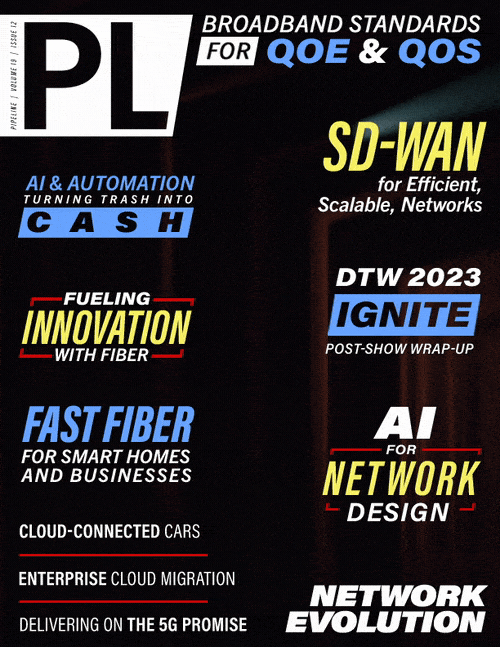Demand for Faster Internet Drives
Fiber to the Home Popularity
Symmetrical connections are exactly what they sound like—a connection with equal download and upload speeds. For example, a 500/500 Mbps symmetrical connection provides 500 Mbps of download and 500 Mbps of upload speeds. On the other hand, an asymmetrical connection (which is common with cable), typically offers significantly slower upload speeds which can make it difficult to transfer larger files and work from home.
The symmetrical nature of fiber makes it the connectivity of choice for today’s homeowner, for a number of reasons:
- Faster (and larger) file uploads. Uploading files to the cloud sometimes seems to take forever, especially large video or graphical files. With symmetrical speeds, uploads of files are as fast as downloads, which reduces the time and completes tasks faster.
- Elimination of Internet roadblocks. Slow uploads and dropped video calls often occur when data gets congested due to insufficient available bandwidth during peak traffic periods. Fiber-to the-home connections prevent these issues because you use your own fiber line thereby maintaining productivity and minimizing disruptions.
- Enhanced access to cloud services. Cloud computing has gained immense popularity, not only among businesses but also among consumers, due to the flexibility, secure storage, and team collaboration it offers. Reliable access to the cloud relies on fast upload speeds, however. Symmetrical connections guarantee that one’s cloud services are always available and operating optimally.
Today’s homes are increasingly filled with a range of smart devices, each of which use up bandwidth to connect to the Internet. From smartphones, gaming systems, smart televisions to computers, tablets and even video doorbells, these devices need ample bandwidth to work well. Fiber Internet offers homes faster uploads and downloads without any significant limits on the number of devices running at the same time.
With more people working remotely and working from home, expectations are that the same performance one gets at work should be available at home. Without enough bandwidth, the simultaneous
connections can cause speeds to screech to a halt, and even cause the dreaded buffering that leads to painfully slow performance. Fiber Internet is the best solution to provide the
“enterprise-level” performance and reliability needed to support this paradigm shift in work.
Fiber Internet, Like the Telephone, The Next 100-Year Technology
Just as the telephone did in the first 100 years of communications, fiber Internet is expected to change the way we communicate in our everyday lives for the next 100 years. The sky is the limit with regard to fiber-to-the-home Internet because of the capabilities and flexibility of the technology. Many providers are looking at offering even faster speeds in the future, including 5 Gbps and perhaps even as high as 10 Gbps.
With those kinds of speeds, applications and content providers have greater options for more exciting products. Also, as the world of work becomes more hybrid, fiber can offer speeds at home that can perform at levels only seen before in the commercial space. Also, the infrastructure of fiber Internet can easily be upgraded and maintained to introduce even better and higher performing technology as it advances in the future, with little disruption to the infrastructure itself. This will allow providers to better meet the changing needs of the market quickly and reliably as advances are made.
Fiber Internet is the obvious choice when it comes to true high-speed Internet service and is on pace to cement its position as the technology of the future—the next 100-year technology. And, as providers explore more ways to improve the technology to better meet the needs of consumers and businesses, the vision for the future of the communications industry is limitless and promises to meet and exceed users’ expectations now and over the next century.



















